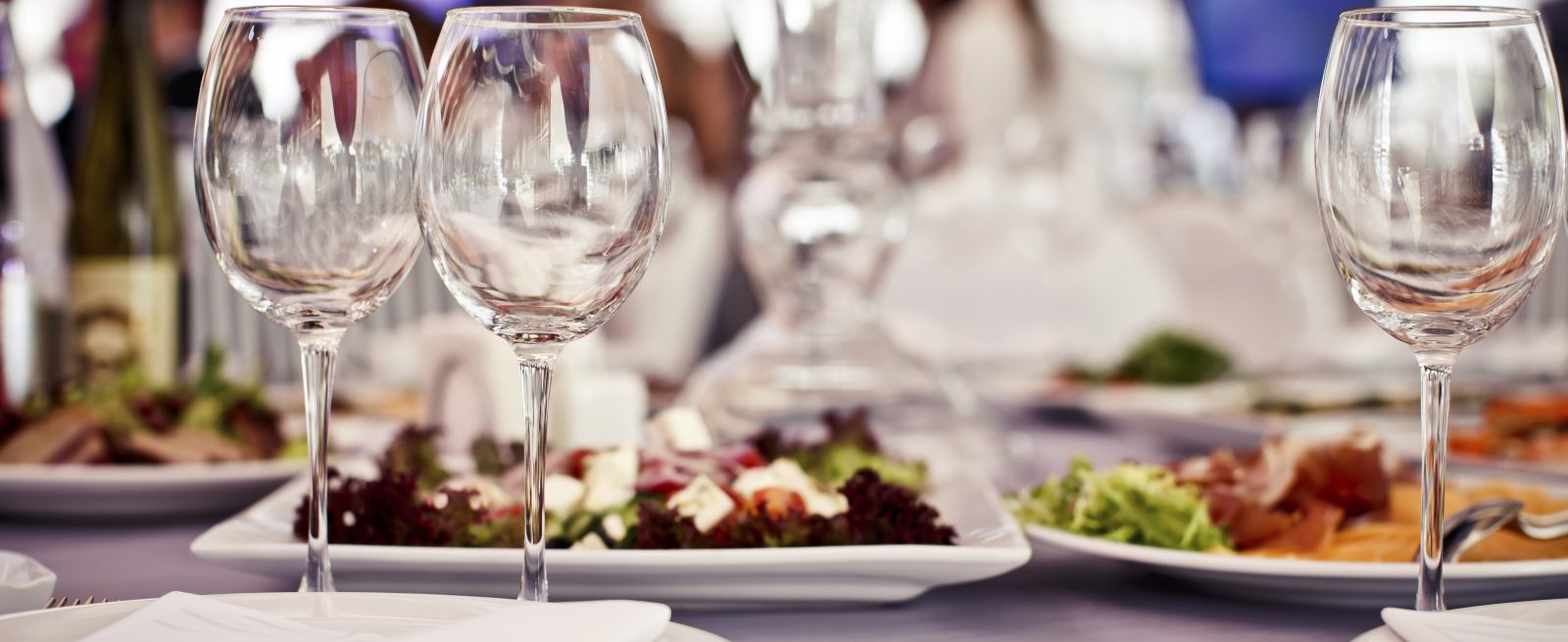Constructive Ways to Control Costs and Effective Sourcing
2 Min Read By Wade Winters
While, it's nice to have some relief now that pricing on many commodities has come down, it’s certainly not the time to take your eye off the ball. It's been great for news for restaurants that most proteins, such as beef, pork and turkey have decreased compared to last year; along with wheat, corn and even oil prices. Now that there is some breathing room, there is no better time to implement new and improved ways to control your costs.
There are many ways to constructively control costs and source products more effectively. However, you first need to decide which options are relative or have an emotional component that would prevent implementation. Once that has been determined, you and your teams can confidently move forward. Here are a few ways how:
Use the Right Product SpecificationDetailed specs are needed to ensure consistency of your products and to accurately compare prices. Once you have the right specifications, use them and adhere to them. For example, try using…
Sorry, You've Reached Your Article Limit.
Register for free with our site to get unlimited articles.
Already registered? Sign in!


